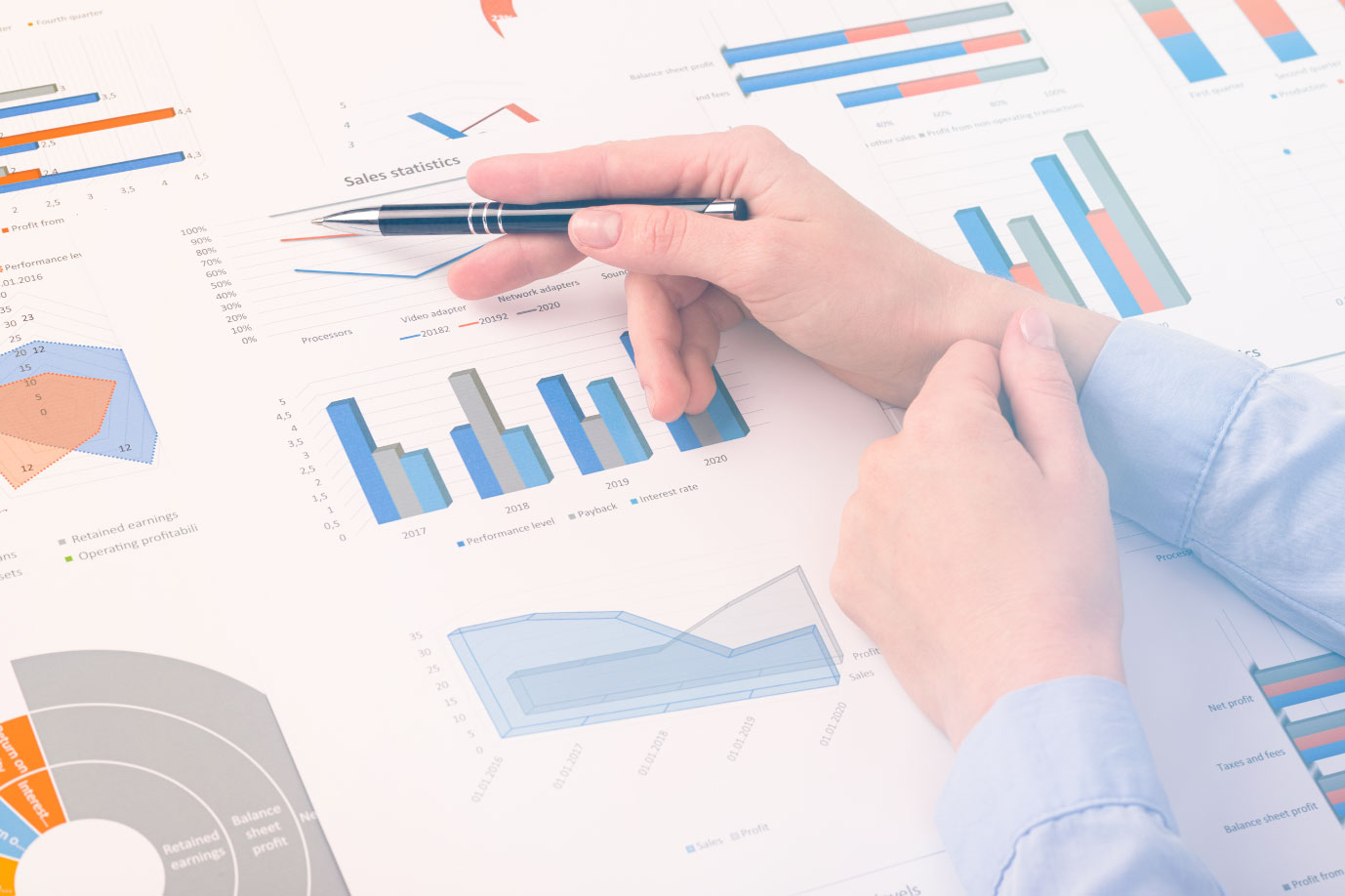The convergence of e-commerce with the Internet of Things (IoT) is redefining the shopping experience and revolutionizing how businesses operate in the digital world. This integration promises to create a smarter, more efficient, and personalized retail ecosystem, benefiting both consumers and retailers.
The IoT, which refers to the network of physical devices connected to the internet, is making real-time data collection and analysis possible on an unprecedented scale. When applied to e-commerce, this technology provides valuable insights into consumer behavior, purchasing preferences, and product usage patterns, enabling companies to optimize their marketing and sales strategies.
One of the most promising aspects of this integration is the concept of ‘contextual shopping.’ IoT devices, such as smart refrigerators, can monitor food consumption and automatically place orders when supplies are running low. Voice assistants like Alexa or Google Home can facilitate voice-activated shopping, making the purchasing process more convenient and integrated into consumers’ daily lives.
Personalization is another area where the integration of e-commerce with IoT is making significant strides. Sensors in wearable devices can collect data on user preferences and habits, enabling e-commerce platforms to offer highly personalized product recommendations. For example, a smartwatch that monitors physical activity can suggest appropriate sports gear or nutritional supplements tailored to the user’s exercise regimen.
In the logistics and inventory management realm, IoT is transforming the operational efficiency of e-commerce. Sensors in warehouses can track stock levels in real-time, automate replenishments, and optimize storage space usage. On delivery, IoT devices can provide real-time package tracking, enhancing transparency and customer satisfaction.
Integration is also impacting the shopping experience in physical stores. Beacons and sensors can detect when a customer enters the store and send personalized offers to their smartphones based on their online purchase history. Smart mirrors in dressing rooms can suggest complementary items or allow customers to request different sizes or colors without leaving the fitting room.
Predictive maintenance is another significant benefit of this integration. Connected products can alert manufacturers about potential issues before they occur, enabling proactive interventions and improving customer satisfaction. This also provides manufacturers with valuable product usage data, which can inform future design and development improvements.
However, integrating e-commerce with IoT also poses challenges. Data security and privacy are paramount concerns, given the volume and sensitivity of the collected information. Companies need to implement robust cybersecurity measures and ensure compliance with data protection regulations.
Interoperability is another challenge as different devices and platforms need to communicate effectively. The adoption of common standards and open protocols will be crucial to ensure seamless integration.
In addition, there are ethical issues to consider. The ability to influence consumer purchasing decisions through IoT devices raises questions about consumer autonomy and potential manipulation. Companies will need to find a balance between convenience and respect for consumer choice.
The future of e-commerce integration with IoT promises even more immersive and personalized shopping experiences. Emerging technologies like augmented reality (AR) and virtual reality (VR) can be combined with IoT data to create highly personalized virtual shopping experiences. Imagine virtually trying on clothes on an avatar based on your exact measurements, or visualizing how a piece of furniture would look in your home before purchasing it.
Artificial intelligence (AI) will play an increasingly important role in this integration, analyzing the vast volumes of data generated by IoT devices to predict trends, optimize prices in real-time, and personalize the shopping experience to an unprecedented level.
In conclusion, e-commerce integration with IoT is creating a new paradigm in digital commerce, where the boundaries between physical and digital become increasingly blurred. This convergence offers exciting opportunities to improve the customer experience, increase operational efficiency, and create new business models. However, to fully leverage these benefits, companies will need to navigate carefully through the technical, ethical, and security challenges involved. Those who can do so successfully will be well positioned to lead the next era of e-commerce.






